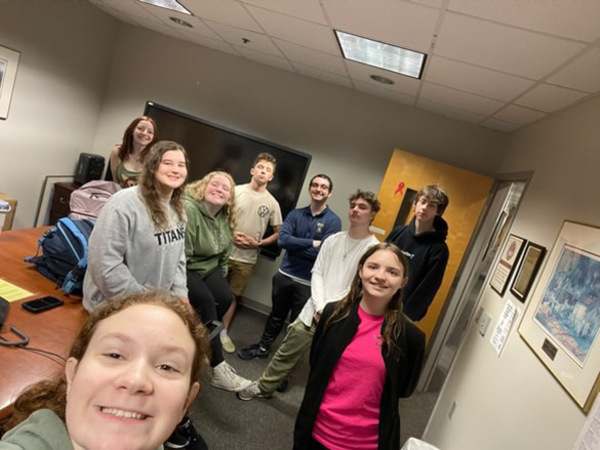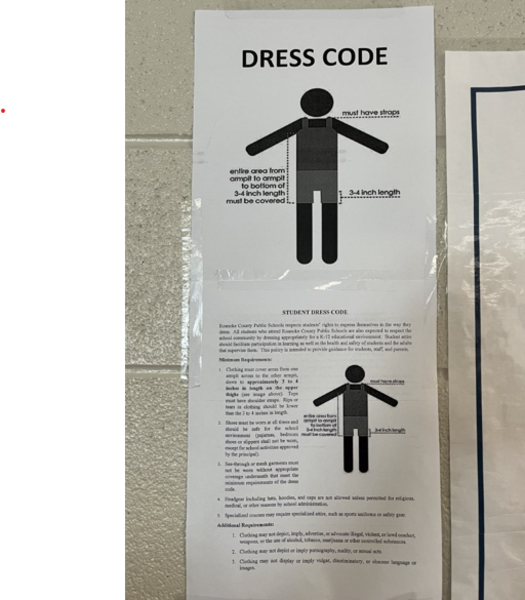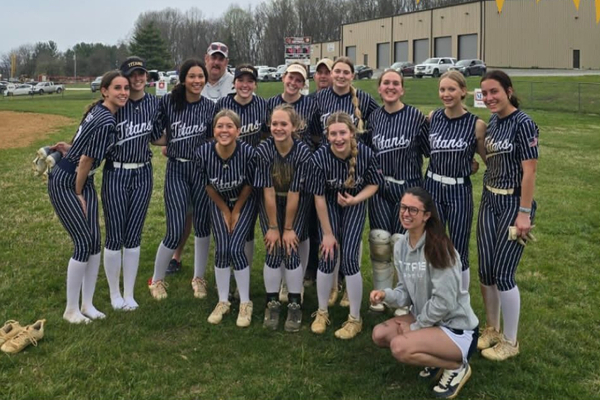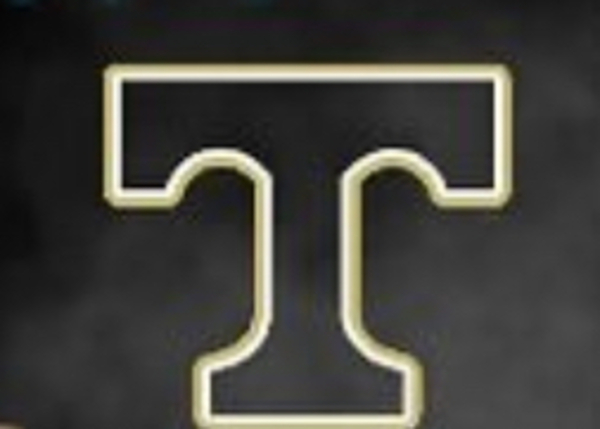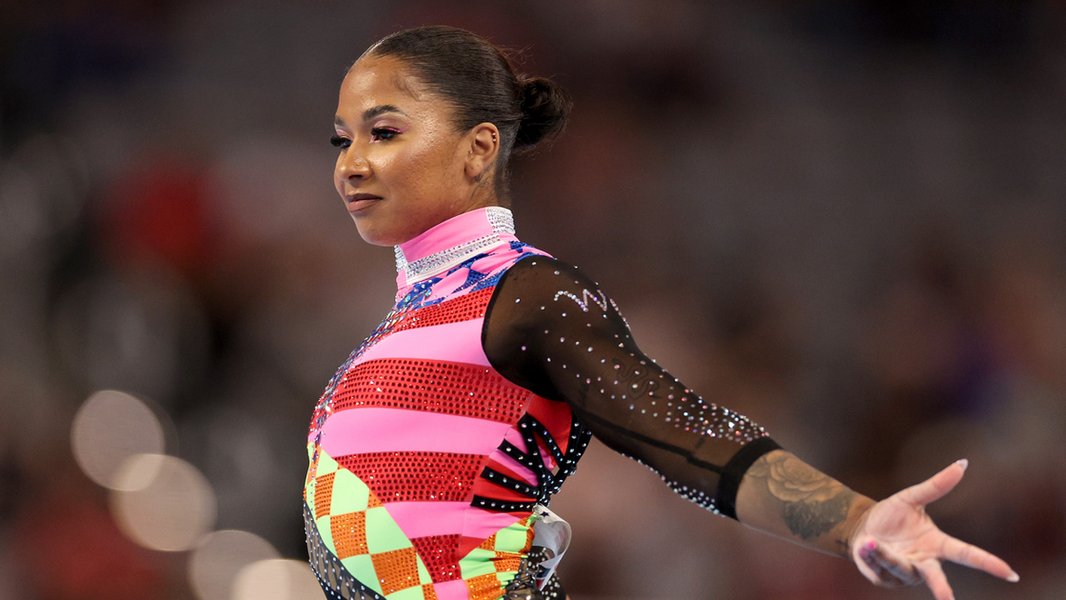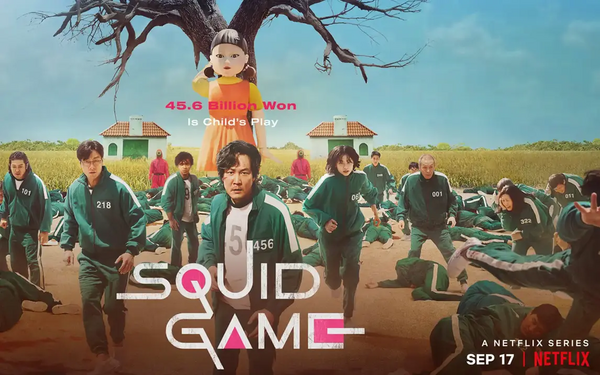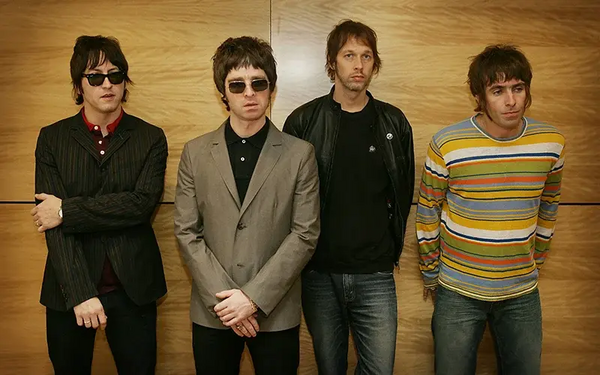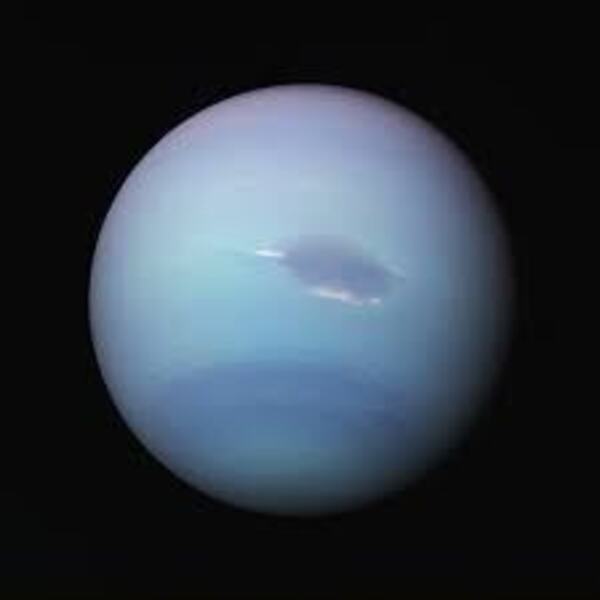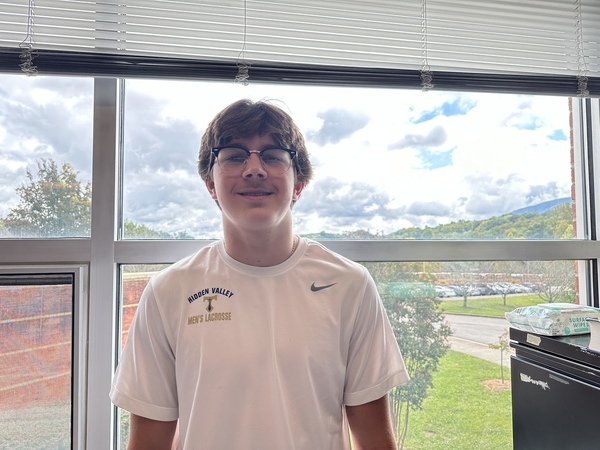In January of this year, the eighth planet in our solar system’s images, captured by Voyager 2 in 1989, were reprocessed. This is greatly important, as it has long been misconstrued that Neptune’s color was a dark-azure color, while in reality, Neptune is slightly closer in color to its sister planet, Uranus.
This fiasco began back in 1989, when the outer planets were being heavily researched by astronomers. With the help of Voyager 2, a spacecraft which had the goal of capturing photographs of the gas and ice giants on the edge of the solar system, astronomers performed their mission.
This mission was a success; many of the pictures of Jupiter, Saturn, Uranus, and the problem child, Neptune, were taken by Voyager 2. At the time, this information was groundbreaking, as clear pictures had not been taken of these planets beforehand. However, there was an issue with one of these photos. Neptune’s pictures were hazy and unclear, so members of NASA, the National Aeronautics and Space Administration, decided to alter the photo of Neptune to make it appear brighter and clearer. This resulted in the eighth planet’s color being much darker than one would normally perceive.
Voyager 2 may have possibly had a hand in this situation, as by today’s standards, Voyager 2 is ancient technology. Today, we have much better photo-capturing tech, capable of truly showing the planets’ beauty. Of course, nowadays Voyager 2 is far from close to any other celestial bodies, though that is to be explained by local science teacher, Mrs. Oakes. “Voyager 2 is much farther out than Neptune, as its way outside even our solar system.” So, almost symbolic in a way with our technological progress, Voyager 2 is trillions of miles away from us.
Despite the rebrightening, Neptune’s color is likely still partially off, as the pictures were taken in 1989. Because of the age of these photos, Neptune’s rings and moons could not be captured, halting a slight bit of scientific value of the Voyager 2 mission. Regarding the rest of the gas giants, there is a tiny chance that even they are not quite the color we think they are. According to Mrs. Oakes, “There is a slight possibility, though it’s likely just because Neptune is so far out, that the pictures weren’t perfect.” This highlights another issue, as Neptune is the eighth planet and is extremely far from the Sun. “Only Voyager 2 and another spacecraft, New Horizons, have ever visited Neptune, so there’s not a whole lot of research on it.” Oakes said. Despite Voyager 2’s pictures being altered, Neptune and the other gas giants can still be admired from a very, very far distance.







